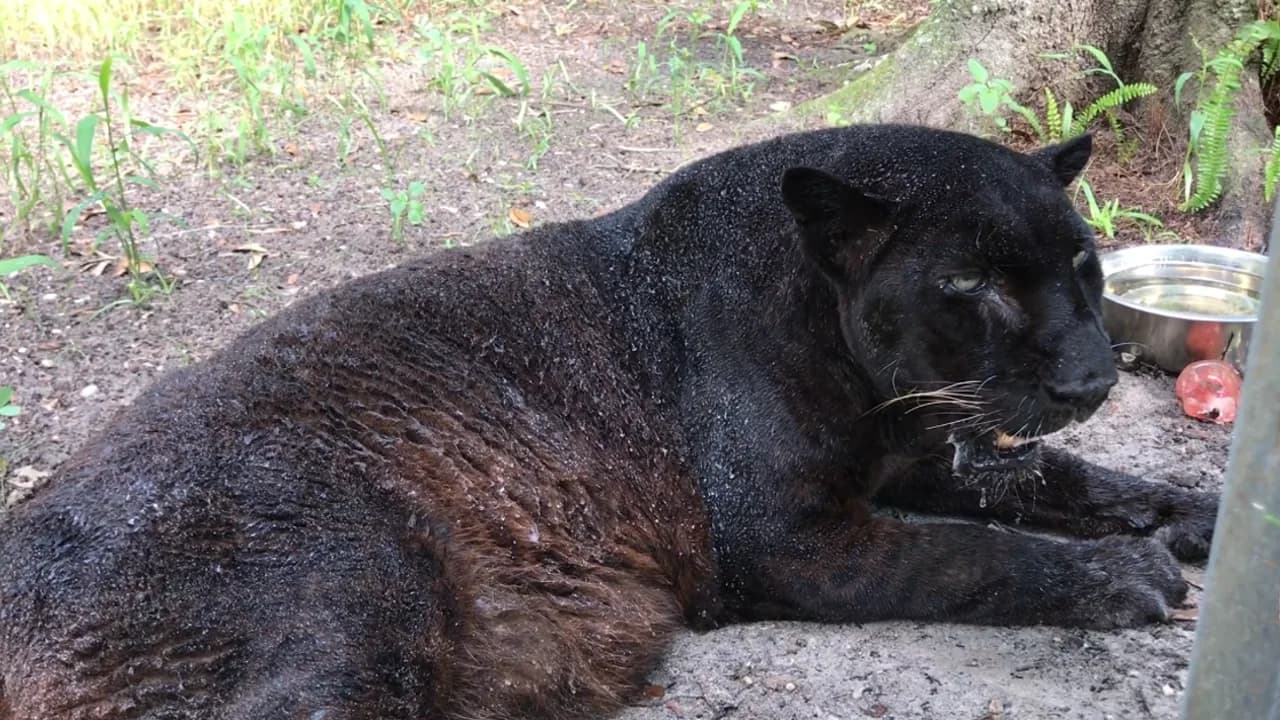Archaeologists in Oregon have found evidence that humans lived in the Rimrock Draw Rockshelter more than 18,000 years ago, making it the oldest known site of human occupation in North America.
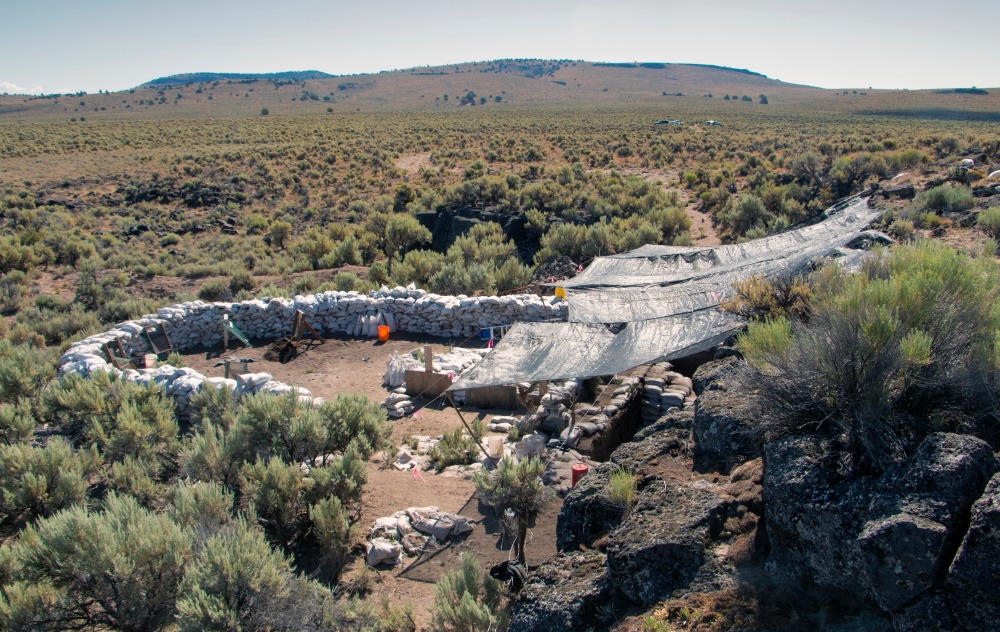
Rimrock Draw Rockshelter in Oregon, USA. Image credit: BLM Oregon & Washington
North America is a continent rich in archaeological mysteries. For decades, researchers have debated when and how the first humans arrived in this land. Now, a new discovery in Oregon may challenge the conventional timeline of human settlement in North America.
The Rimrock Draw Rockshelter is a natural cave-like formation in eastern Oregon, near the town of Riley. It is located on public land managed by the Bureau of Land Management (BLM). The rockshelter has been used by various groups of people for thousands of years, as evidenced by the artifacts and features found inside.
The University of Oregon’s Museum of Natural and Cultural History Archaeological Field School has been excavating the rockshelter since 2011, under the leadership of archaeologist Patrick O’Grady. Over the years, they have uncovered several items of interest, such as stone tools, animal bones, and plant remains.
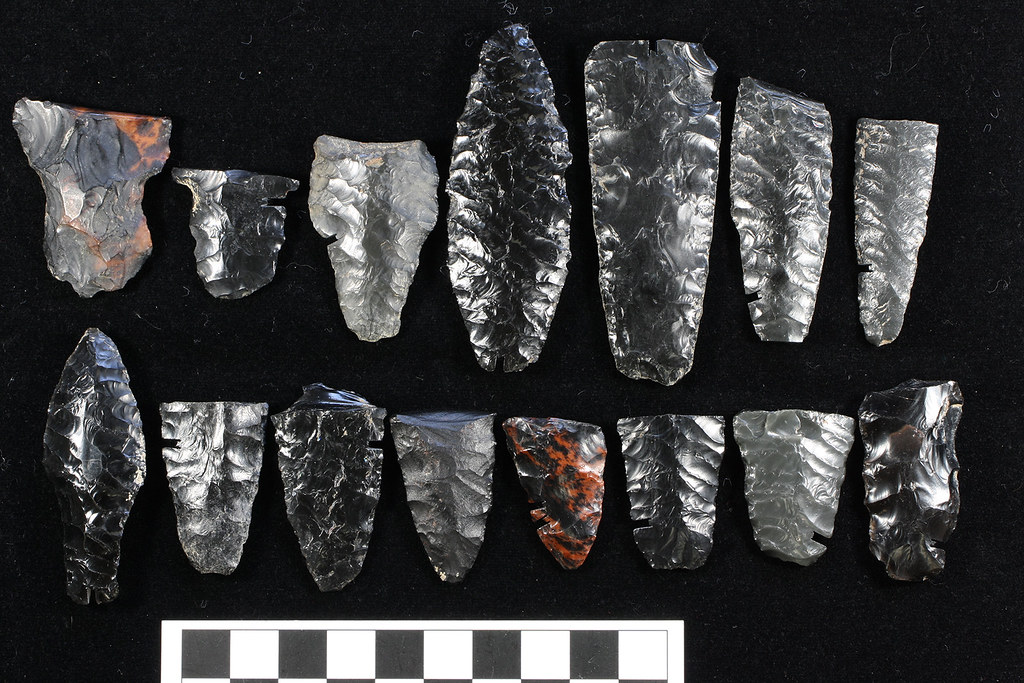
Artifacts found at Rimrock Draw Rockshelter. Image credit: BLM Oregon & Washington
“It’s not so much that we have such old dates, but that we’re getting consistent results,” O’Grady said. “This site is beautiful in that sense because … for the past 11 years, we’re actually seeing something that’s preserved through time that dates from about 7,000 years back to 18,000 years. And that’s magic.”
One of the most remarkable finds was a fragment of a camel tooth, which was found under a layer of volcanic ash from an eruption of Mount St. Helens that occurred about 15,000 years ago. Camels are extinct in North America, but they used to roam the continent during the Pleistocene epoch, along with other megafauna like mammoths and mastodons.
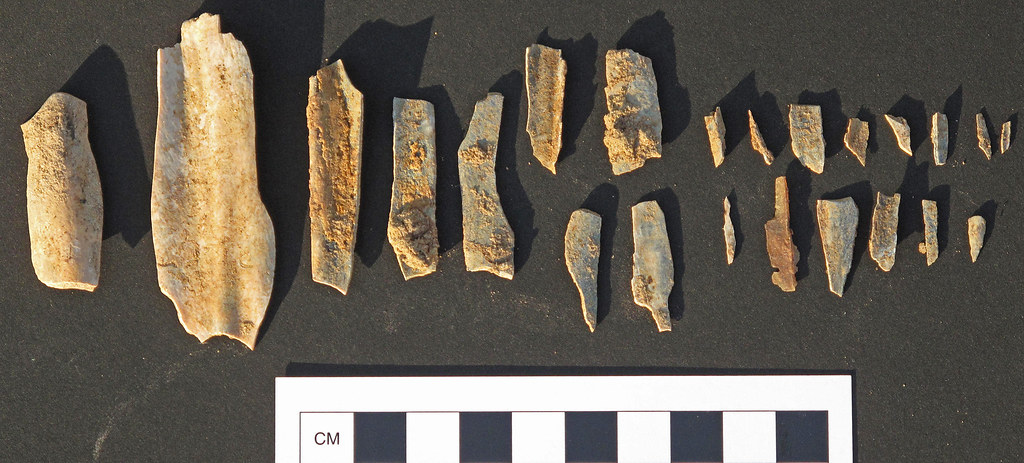
Camel tooth enamel fragments. Image credit: BLM Oregon & Washington
Radiocarbon dating of the tooth enamel revealed that it was about 18,250 years old. This means that humans were living in the rockshelter before the volcanic eruption, and before the end of the last ice age.
Another intriguing find was a pair of orange agate scrapers, which are tools used to process animal hides. One of them had traces of bison blood on it, which is believed to be from Bison antiquus, an extinct ancestor of the present-day species. The scrapers were found deeper in the ground than the camel tooth, suggesting that they are even older.

Agate tool stone found at Rimrock Draw Rockshelter. Image credit: BLM Oregon & Washington
But the most interesting discovery has to do with the sediment layers of the rock shelter, which indicate that the scrapers predate both the volcanic ash and camel teeth. Through multiple rounds of radiocarbon dating and analysis, it has been determined that these scrapers date back to 18,250 years before the present (BP).
Ongoing examinations are being conducted on the bison and camel teeth, as well as plant samples retrieved from the remnants of cooking fires.
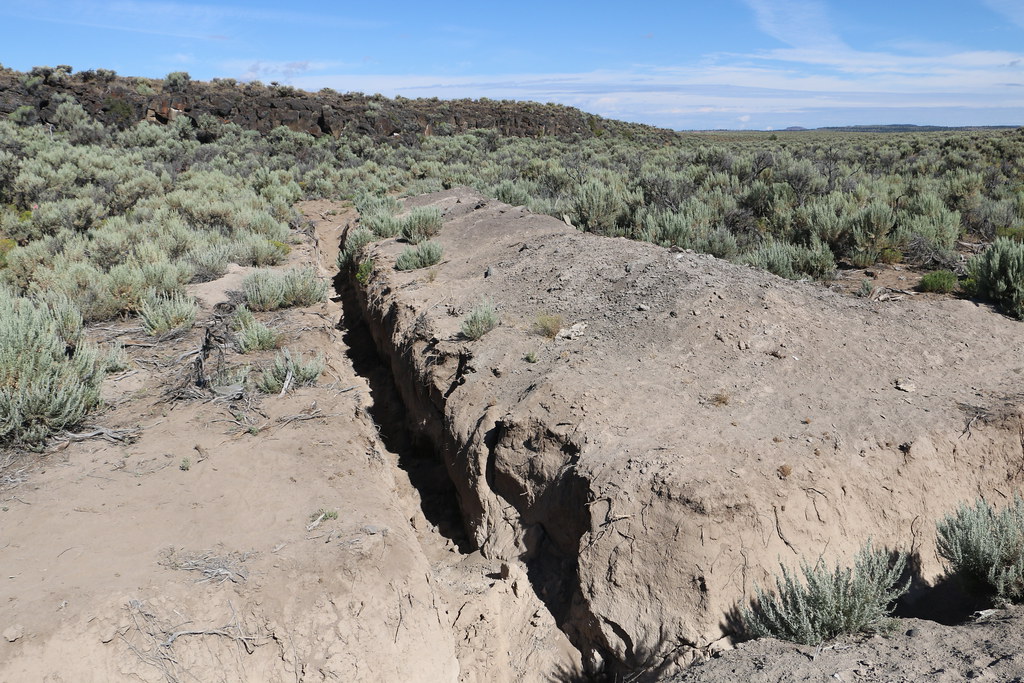
Sediment layers at Rimrock Draw Rockshelter. Image credit: BLM Oregon & Washington
This discovery challenges the conventional view of when and how humans first arrived in North America. For a long time, archaeologists believed that the first humans came from Asia via a land bridge called Beringia, and then spread southward through an ice-free corridor between two massive glaciers. This theory is known as the Clovis-first hypothesis, because it is based on the distinctive stone spear points found at Clovis sites across North America, dating back to about 13,000 years ago.
However, in recent decades, more and more evidence has emerged that humans were present in North America before Clovis, and that they may have used different routes and methods to reach the continent. For example, some archaeologists suggest that humans may have followed the coastlines by boat, or crossed over from Europe via the Atlantic Ocean.
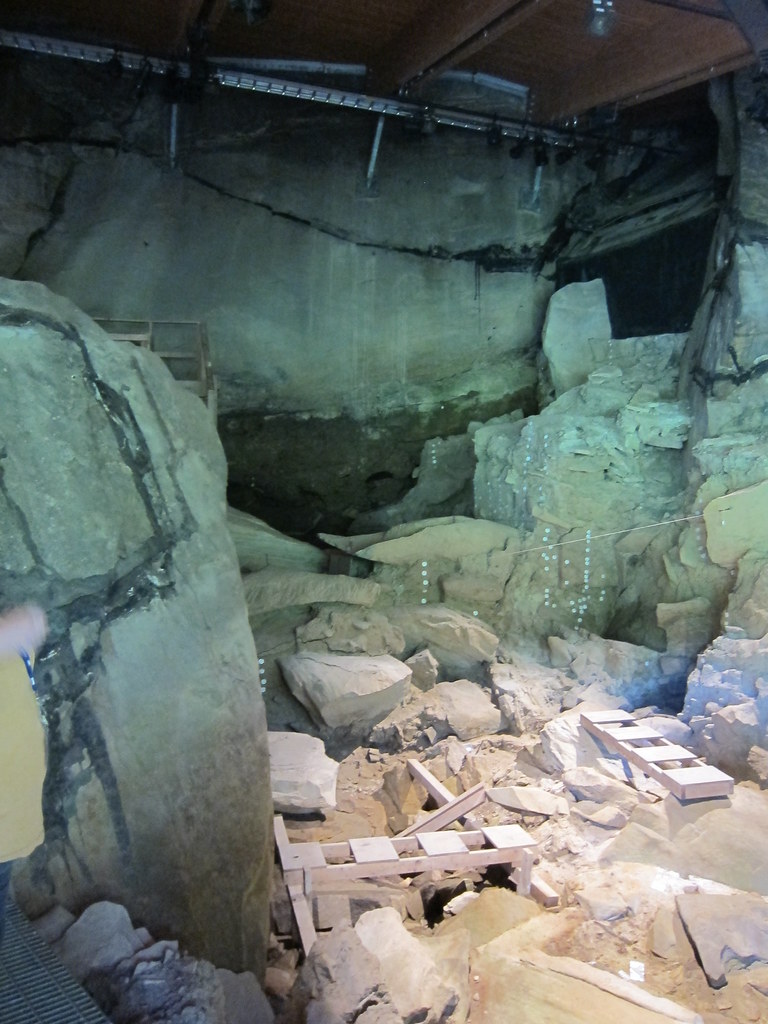
Meadowcroft Rockshelter – another prehistoric site that questions the Clovis-first hypothesis. Image credit: suemruth
The Rimrock Draw Rockshelter is one of several sites that support this alternative scenario. Other examples include Meadowcroft Rockshelter in Pennsylvania and Cooper’s Ferry in Idaho, both dating back to about 16,000 years ago. The Rimrock Draw Rockshelter is even older than these sites, and possibly older than any other site in North America.
This discovery also sheds light on the diversity and adaptability of ancient humans, who were able to survive and thrive in different environments and climates. It also reveals more about their interactions with extinct animals and plants, and their cultural and technological innovations.
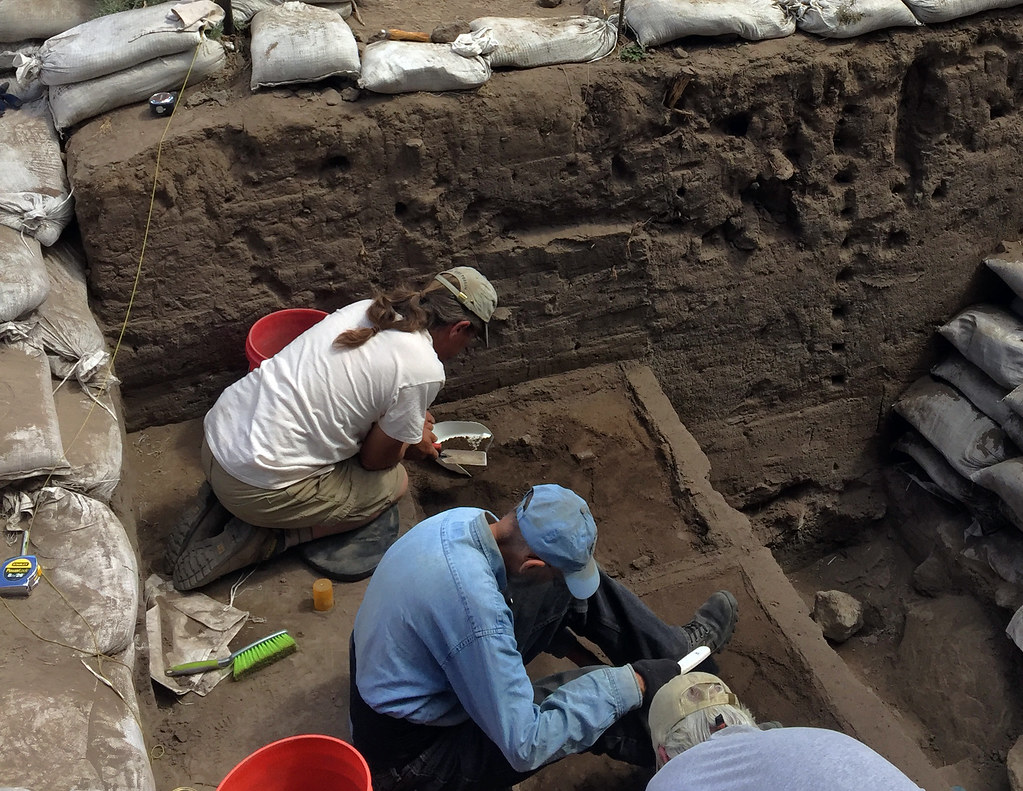
The excavations at Rimrock Draw Rockshelter are ongoing. Image credit: BLM Oregon & Washington
The excavation of the Rimrock Draw Rockshelter is still ongoing, and there may be more surprises waiting to be uncovered. O’Grady and his team hope to find more artifacts and features that can help them reconstruct the lifeways and chronology of the people who lived there.



